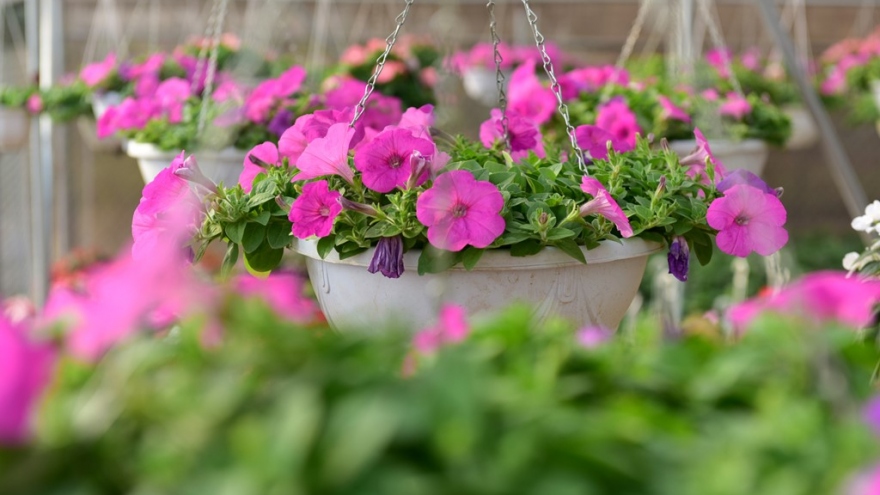The structure of a traditional Viet village
VOV.VN - An outgrowth of wet rice civilization, Viet villages are characteristically agricultural villages. The structure of a Viet village is adapted to rice farming and constitutes Vietnam’s typical rural space.
 |
| The bamboo hedge surrounds a small hamlet in Yen Thanh district, Nghe An province. |
In the past, almost every village in the Northern Delta, whether situated inside or outside the village dyke, was surrounded by a bamboo hedge, which protected the villagers against invaders and provided them with building materials.
The village gate used to be built of bricks and had a stout ironwood door. A village gate demarcates the territory it claims from the outside world and is a typical architectural work that reflects the artistry, status, and virtues of the villagers.
Doctor Dinh Hong Hai of National University Hanoi said “A village usually had two gates. The main gate often displayed sophisticated architecture and was frequently decorated with parallel sentences. The rear entrance at the back of the village was for funeral processions. A village gate embodies intangible cultural values.”
 |
| The gate of Cuu village in Van Tu commune, Phu Xuyen district, Hanoi looks like a giant book. This gate is at the back of the village. The front gate was destroyed because it was too small. |
Architect Le Quang Ngoc said “The communal house is large and its surroundings are dignified. Thriving villages have larger communal houses".
 |
Houses are built close to each other along the village alleys. Each has a front yard and a garden. Rich villagers build houses with 5 or 7 rooms. Poorer houses have 3 rooms and 2 lean-tos. An ancestor worshipping altar in the main room is indispensable for a rural Vietnamese family. There is also a low wooden platform where family and guests can sit and chat.
The structure of a traditional Viet village creates a peaceful ambience which is remembered fondly by those who are far from their village of origin.



